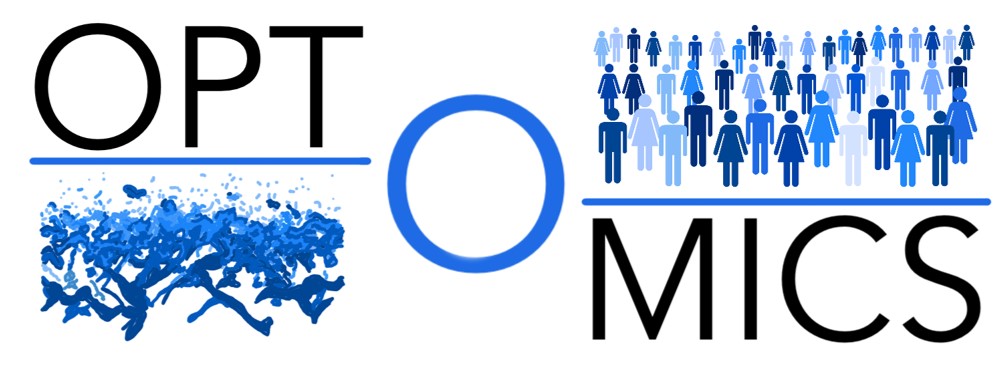OPTOMICS: Digital twin technology improving type-2 diabetes healthcare

date: 18/02/2021
OPTOMICS (Combining optoacoustic imaging phenotypes and multi-omics to advance diabetes healthcare) is a 60-month project, which began in January 2021. The project was selected as one of the 13 out of 149 proposals submitted for FET Proactive Emerging Paradigms and Communities call (FETPROACT-EIC-07-2020) in subtopic C, Digital twins for life sciences. OPTOMICS aims to develop a new methodology that will deliver a paradigm shift in type-2 diabetes healthcare.
Type-2 diabetes is considered one of “the diseases of civilization,” affecting more than 420 million people worldwide. With its incidence increasing at an alarming rate, there is more than ever a clear need for early detection solutions that can improve the ability to intervene. OPTOMICS proposes an innovative approach to satisfy this need, by harnessing Artificial Intelligence and statistical methods combined with state-of-the-art multi-omics and optoacoustic imaging technology to model static and dynamic processes in type-2 diabetes evolution. This so-called digital-twin model aims to improve prediction and early detection of individuals likely to develop the disease, which will improve the overall possibility for prevention. Simultaneously, the method will reveal potential risks for developing disease complications, all while personalizing patient treatment.
OPTOMICS’ digital twin model combines molecular biomarkers with a novel non-invasive imaging phenotyping concept that uses the skin as a window to the disease. The project involves in-depth molecular phenotyping of individuals at the DNA, protein and metabolite level.
“We are excited to combine deep interrogation of the genome, proteome and metabolome with novel imaging-derived traits to build better predictors of diabetes complications,” said Prof. Dr. Zeggini, lead on the integrative multi-omics analyses.
OPTOMICS will apply cutting-edge computational approaches leveraging progress in Artificial Intelligence and a novel optoacoustic technology, called Raster Scan Optoacoustic Mesoscopy (RSOM). RSOM, developed by two members of the OPTOMICS consortium, the Technical University of Munich (TUM) and Helmholtz Zentrum München (HMGU), can identify diabetes-related biomarkers by optically imaging the skin with high detail and precision.
Furthermore, “RSOM provides a portable, non-invasive, label free, fast and safe way to obtain diabetes phenotypes, which may lead to a long-term comprehensive platform for diabetes monitoring and management,” said Prof. Dr. Vasilis Ntziachristos, the Coordinator of the project and under whom RSOM was initially developed.
The project brings together experts across disciplines from biology and multi–omics to biotechnology. The consortium includes teams located in Germany, Estonia, Sweden, Finland and the United Kingdom. Prof. Ntziachristos adds that he is thrilled to collaborate with key partners in Europe at the forefront of metabolomics, proteomics and genomics analytics, as well as technology advances.
Background information
FET-Open and FET Proactive are now part of the Enhanced European Innovation Council (EIC) Pilot (specifically the Pathfinder), the new home for deep-tech research and innovation in Horizon 2020, the EU funding programme for research and innovation.
